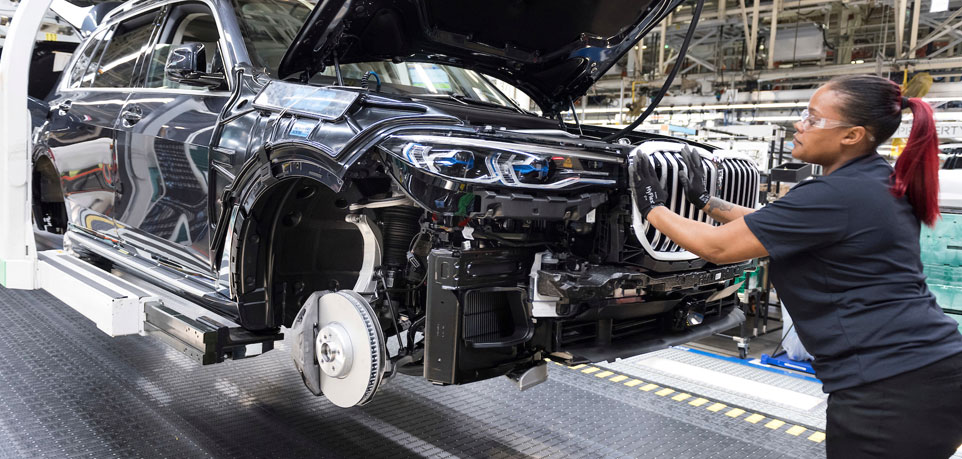The automotive industry is a driving force in the global economy, characterized by its complex and dynamic nature. At the heart of this industry is the assembly production facility, where cars are manufactured, assembled, and tested. To ensure that these facilities operate efficiently, it is crucial to understand the various tooling requirements involved. This article will delve into the diverse range of tools and equipment needed in automotive assembly production facilities, and how these contribute to the overall success of the manufacturing process.
Material Handling Equipment
In any automotive assembly facility, the efficient movement of materials is essential. Material handling equipment, such as forklifts, overhead cranes, and conveyors, play a crucial role in transporting raw materials, parts, and finished vehicles throughout the production process.
a. Forklifts: Used to transport heavy loads, forklifts come in various capacities and types, tailored to the specific needs of the facility.
b. Overhead Cranes: For lifting and moving large components or assemblies, overhead cranes offer flexibility and precision.
c. Conveyor Systems: These systems are used to transport parts and assemblies between different workstations, ensuring a smooth production flow.
Presses and Stamping Equipment
Presses and stamping equipment are used to shape and form metal components for vehicle assembly. They include:
a. Mechanical Presses: These machines use mechanical force to shape metal parts through techniques like stamping, blanking, and bending.
b. Hydraulic Presses: Hydraulic systems offer more precision and control than mechanical presses, making them ideal for complex components.
c. Stamping Dies: Custom-made tools that are used to cut, bend, and form sheet metal, stamping dies are essential for producing consistent and high-quality parts.
Welding and Fastening Equipment
Joining various parts and components together is a critical aspect of automotive assembly. Welding and fastening equipment include:
a. Arc Welding: Used for joining metal components, arc welding is a versatile method that is widely used in the automotive industry.
b. Resistance Welding: This method uses electric current to generate heat and fuse components together, making it ideal for joining sheet metal parts.
c. Fasteners: Nuts, bolts, screws, and rivets are used to secure components together, providing long-lasting connections.
d. Robotic Automation: The use of robots in welding and fastening processes has increased efficiency and consistency, while reducing labor costs.
Assembly and Finishing Tools
Assembly and finishing tools help ensure that the final product meets the required quality standards.
a. Torque Wrenches: These specialized tools are used to tighten fasteners to the proper torque, ensuring secure connections.
b. Paint Systems: Automated paint booths and robotic painting systems ensure consistent paint application and finishing for a flawless exterior appearance.
c. Quality Control Equipment: Coordinate measuring machines (CMMs), gauges, and vision systems are used to inspect and verify the quality of assembled components and finished vehicles.
Software and Digital Tools
Modern automotive assembly facilities rely on software and digital tools to manage production processes and ensure quality control.
a. Manufacturing Execution Systems (MES): MES software helps manage and control production processes, providing real-time data for monitoring and optimization.
b. Computer-Aided Design (CAD) and Computer-Aided Manufacturing (CAM): CAD and CAM software streamline the design and manufacturing processes, helping to reduce time-to-market for new vehicles.
c. Programmable Logic Controllers (PLCs): PLCs are used to automate equipment and processes, ensuring consistent production and reducing human error.

